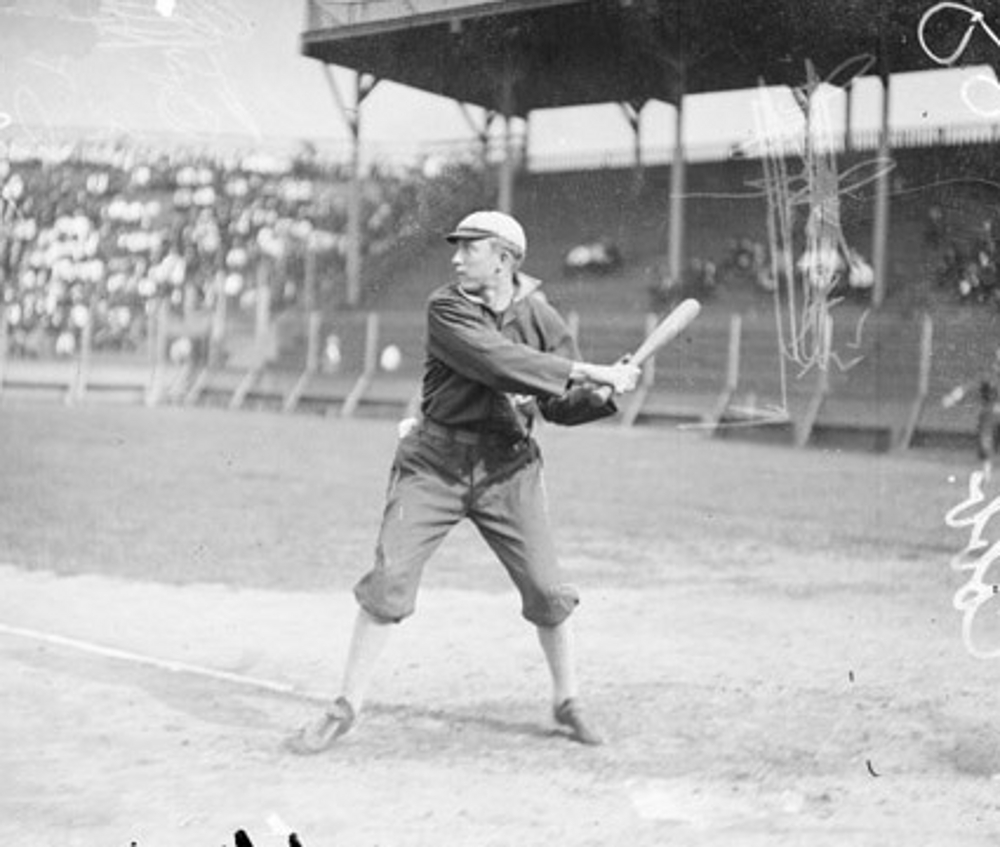Hitters Never Used To Strikeout Like This
We are not even at the end of June and yesterday I read that the Astros Chris Carter had struck out 102 times so far this season. Carter is batting .198 with 13 home runs. The Astros as a team have struck out 728 times.
Those statistics are appalling and yet no one in baseball circles talks about it. Had they been playing thirty or more years ago players like Chris Carter, Mark Reynolds and the recently retired Adam Dunn most likely would not have been on a major league roster. Hitting thirty or more home runs, and batting .220 or under and striking out around one third of your plate appearances would have insured that you would not be around the big leagues very long.
But those days are over. Apparently there is no shame in striking out consistently if you can hit a few homers. Many teams apparently covet these one dimensional players and give them big contracts if they can hit some dingers.

1935 starting infield of the Detroit Tigers (l to r) Charlie Gehringer, Billy Rogell, Hank Greenberg & Marv Owen. They combined for 173 of the team’s 453 strikeouts.
Contrast today’s strikeout numbers with baseball’s glory days and the statistics are startling. For instance, the 1935 Detroit Tigers hitters had 453 strikeouts in total.
Almost every starting player on the team had more walks than strikeouts.
Even the Tigers pitchers only struck out a combined 84 times in 549 plate appearances.
 Hank Greenberg led the team with 91 strikeouts, while hitting 36 home runs and driving in an astounding 168 runs. Hall of Fame catcher Mickey Cochrane batted .319 and struck out a total of only 15 times. Continue reading
Hank Greenberg led the team with 91 strikeouts, while hitting 36 home runs and driving in an astounding 168 runs. Hall of Fame catcher Mickey Cochrane batted .319 and struck out a total of only 15 times. Continue reading











